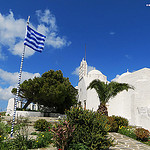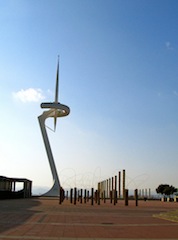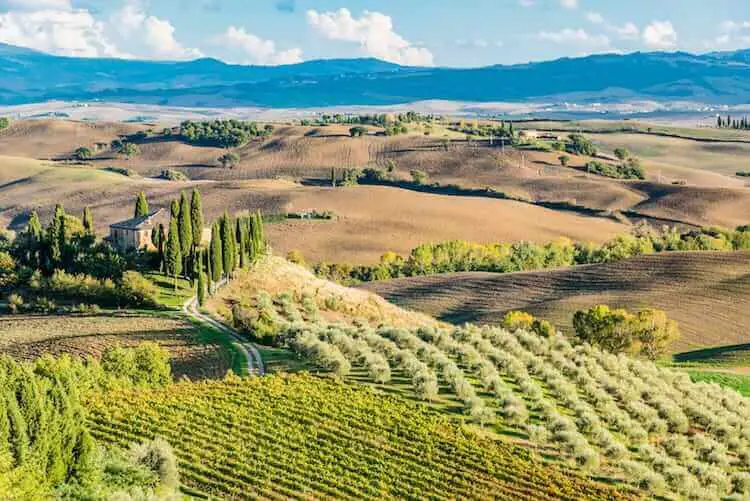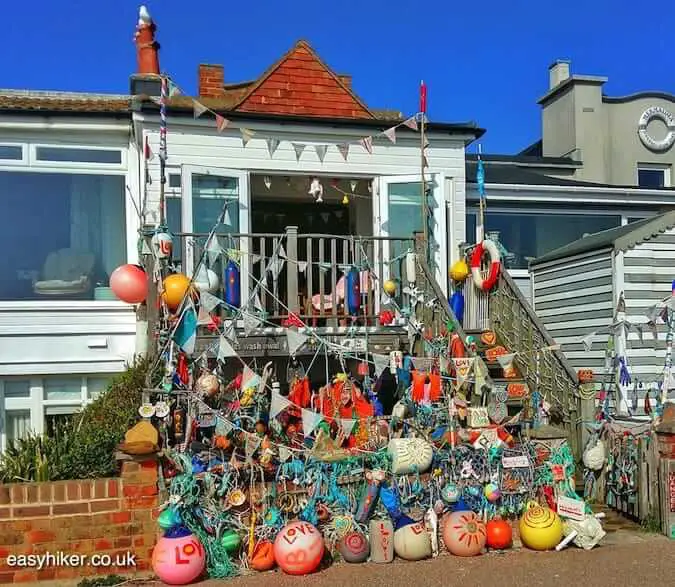On a Day Hiking Trail
The Ruhrgebiet, Germany’s old industrial heartland, may not be rich with cultural sights, but Villa Hügel – the former residence of the Krupp family – on the shores of Lake Baldeney (popular day hiking trail and site for local day trippers) is a must see for anybody with even a faint interest in 20th century history.
It is obvious from the sheer scale of the Villa alone – it features 269 rooms and is surrounded by 28 hectares of parkland – that the Krupps did not see themselves as rivalling other steel barons but royalty.
This could never end well, and it did not. In fact, the family’s fortunes never totally recovered from their close association with the Nazi regime. The family’s involvement with the corporation – which still exists – ended in 1966 when Arndt, the last surviving heir and temperamentally unsuited to the challenges of a career in the boardroom, gave up his inheritance to dedicate his life to the arts and to frolicking around with young men from Thailand.
The annex of the “Kleines Haus” was used after WWII to detain Alfried Krupp before he was sentenced to 12 years imprisonment at the Nuremberg trials and eventually imprisoned at Landsberg, the same place where Adolf Hitler was held after his hare-brained Beer Hall Putsch and where he wrote Mein Kampf. (Alfried was released in 1951 and reinstalled as the owner and CEO of the company.)
The statue in front of the building was erected in honour of Alfried’s grandfather Friedrich Alfred who committed suicide in 1902 after a left-wing newspaper had accused him of conducting large-scale gay orgies in his holiday home on the Italian island of Capri.
The reason why the Imperial family of the Hohenzollerns eventually held their noses and appeared to condone the Krupps’ aristocratic presumptions was simple: they manufactured the best guns in the world, and Germany’s victory over France in 1870/71 owed much to the Imperial Army’s superior artillery. (Photo from the Philadelphia World Fair in 1876.)







Good point about the great-house-as-stage-set.
Hermann Göring legitimately figures in one of my later stories in his non-brothel-related capacity as art collector.
I am pretty sure that nobody ever did any serious reading in this library. That’s not what it was built for, anyway – the entire house is a stage set, after all, to demonstrate a non-existing sophistication to a world of aristocrats and high-powered civil servants. Let us not forget that the Krupps were the Russian oligarchs of the 19th century.
Re the hit count: the most popular post on our Paris Movie Walks website is an article about Parisian brothels http://parismoviewalks.co.uk/paris-big-brothel/ And, yes: it features Hermann Göring, too.
Do you get more hits on an article when it mentions “Nazis”?
I have noticed that a perennial favorite on my site is a trivial piece in which I happened to mention “vampires”. “Mayan Vampires”, at that. People keep clicking on it. I have no idea if they ever come back or if they are all a bunch of goths.
Maybe Nazi vampires with cute kittens would be a winner.
I guess I am feeling silly this morning.
I liked the carved wooden stair-posts and the library, though I can never picture people actually reading books in that sort of library.
What a beautiful home and interesting family. A little controversial to say the least!
And quite an interesting family story too, Ted.
Having read extensively about WWII I have come across references to the Krupps many time. Interesting to read about where they lived and a little bit more about the family.